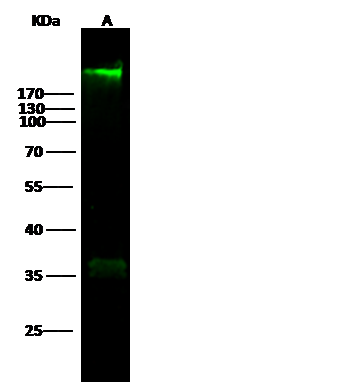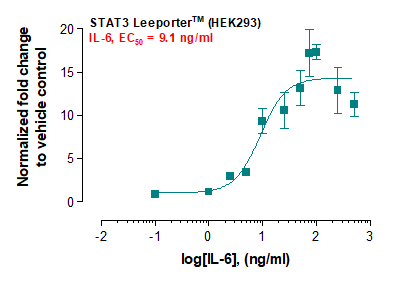Recombinant Mouse Monoclonal Antibody to MUC1 / EMA / CD227 (Epithelial Marker)(Clone : rMUC1/960)

Figure 1: Formalin-fixed, paraffin-embedded human Breast Carcinoma stained with MUC1 Mouse Recombinant Monoclonal Antibody (rMUC1/960).
Roll over image to zoom in
Shipping Info:
For estimated delivery dates, please contact us at [email protected]
| Format : | Purified |
| Amount : | 100 µg |
| Isotype : | Mouse IgG2b, kappa |
| Purification : | Purified Ab with BSA and Azide at 200ug/ml |
| Content : | 200ug/ml of Ab purified from Bioreactor Concentrate by Protein A/G. Prepared in 10mM PBS with 0.05% BSA & 0.05% azide. Also available WITHOUT BSA & azide at 1.0mg/ml. |
| Storage condition : | Store the antibody at 4°C; stable for 6 months. For long-term storage; store at -20°C. Avoid repeated freeze and thaw cycles. |
| Gene : | MUC1 |
| Gene ID : | 4582 |
| Uniprot ID : | P15941 |
| Alternative Name : | Breast carcinoma-associated antigen DF3, CA15-3, Carcinoma-associated mucin Episialin, Epithelial Membrane Antigen, H23AG, KL-6, MAM6, MUC-1, MUC-1/SEC, MUC-1/X, MUC1-alpha, MUC1-beta, MUC1-CT, MUC1-NT, MUC1/ZD, Mucin 1 cell surface associated, Mucin-1 subunit beta, Peanut-reactive urinary mucin, PEM, PEMT, Polymorphic epithelial mucin, PUM, Tumor-associated epithelial membrane antigen |
| Immunogen Information : | Human milk-fat globule membranes (HMFGM) |
Flow Cytometry (1-2µg/million cells); Immunofluorescence (1-2µg/ml); Western Blot (1-2µg/ml); ,Immunohistochemistry (Formalin-fixed) (1-2µg/ml for 30 minutes at RT),(Staining of formalin-fixed tissues requires heating tissue sections in 10mM Tris with 1mM EDTA, pH 9.0, for 45 min at 95 °C followed by cooling at RT for 20 minutes),
For Research Use Only. Not for use in diagnostic/therapeutics procedures.
| Subcellular location: | Cell membrane, Cytoplasm, Nucleus |
| Post transnational modification: | The N-terminal sequence has been shown to begin at position 24 or 28. |
| Tissue Specificity: | Expressed on the apical surface of epithelial cells, especially of airway passages, breast and uterus. Also expressed in activated and unactivated T-cells. Overexpressed in epithelial tumors, such as breast or ovarian cancer and also in non-epithelial tumor cells. Isoform Y is expressed in tumor cells only. |
| BioGrid: | 110669. 44 interactions. |
|
There are currently no product reviews
|















.png)















